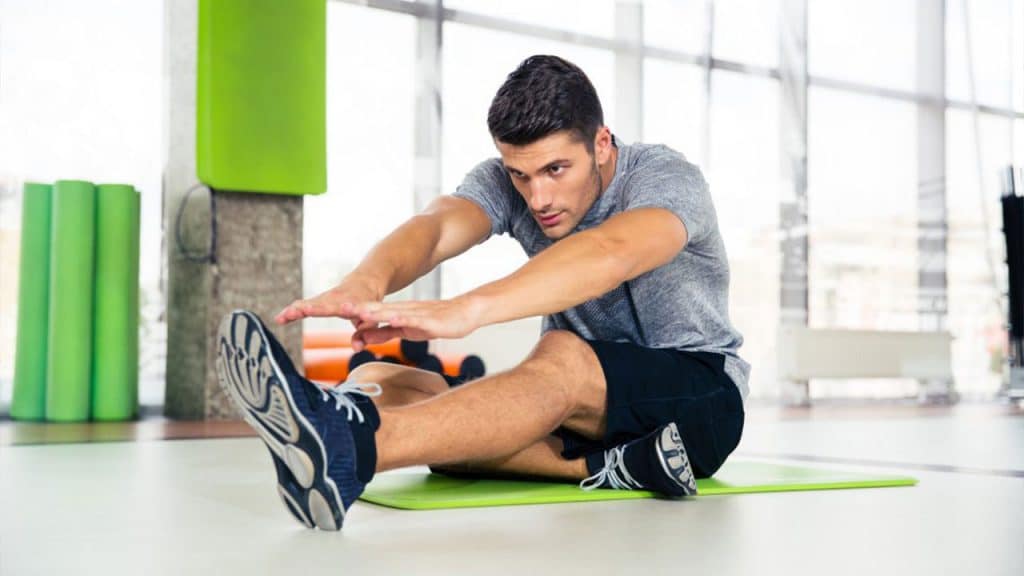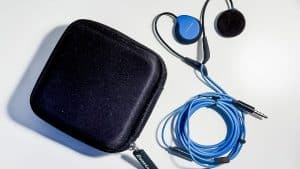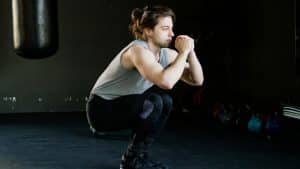You don’t have to be one of those people who ties their whole body in knots to be flexible. You just need to keep your joints moving. Everyone struggles a bit as they get older, but there are ways you can improve your flexibility and slow down the effects of aging.
The joints are the points in our body where one bone meets another. They can be hinges (like the elbows and knees) or ball and socket joints that rotate (like the hips). If they’re not working properly, we can’t move at all. Flexibility is when they are at their best and our body has its full range of motion.
Age is the big enemy of flexibility. Natural wear and tear reduces the strength of the bones and makes the joints stiffer. More than 20% of adults in the U.S. have arthritis (https://www.cdc.gov/chronicdisease/resources/publications/factsheets/arthritis.htm?CDC_AA_refVal=https%3A%2F%2Fwww.cdc.gov%2Fchronicdisease%2Fresources%2Fpublications%2Faag%2Farthritis.htm), which is one of the leading causes of disability in the elderly.
The two most common types of arthritis are rheumatoid arthritis (most often in the hands and feet) and osteoarthritis (prominent in the fingers, knees and hips), but both can cause pain and inflammation in the joints while reducing movement. You can’t stop or cure arthritis, but you can alleviate some of its effects through the right sort of exercise.
You’re never too young or too old to start working on your flexibility, just like you work on your strength and endurance. It’s always a good idea to do some stretching as part of your warmup and cooldown routines, whatever exercise you’re doing. It loosens up your joints and reduces the risk of injury. Don’t stretch completely cold muscles, though.
There are some types of exercise where flexibility is particularly prominent, like yoga and Pilates. At their most basic, they involve maneuvering your body into various positions and holding them. With practice, you’ll find you can go further and bend more each time. These types of exercise can also build muscle strength, improve balance and maybe even reduce feelings of stress and depression.
If you do already have mobility problems like arthritis, not all forms of flexibility exercise are going to be suitable for you. Talk to your doctor or physical therapist before embarking on any new fitness routine and make sure you find an instructor who understands your condition and knows how to adapt their normal exercises to your specific needs.
As long as you are careful and take the proper precautions, low-impact exercise like yoga can be best when you already have joint problems as the risk of injury is relatively low. Swimming is another exercise that is gentle on the joints. Even with yoga, however, there are different forms that you can practice and wide variation between teachers. Always do your research first and don’t push yourself too hard.
We might lose some of our flexibility as we age, but that doesn’t mean we can’t do everything possible to keep our joints limber. Starting flexibility exercises young and adapting them even if you develop injuries or disability can allow you to maintain flexibility for longer, making you healthier and happier.




